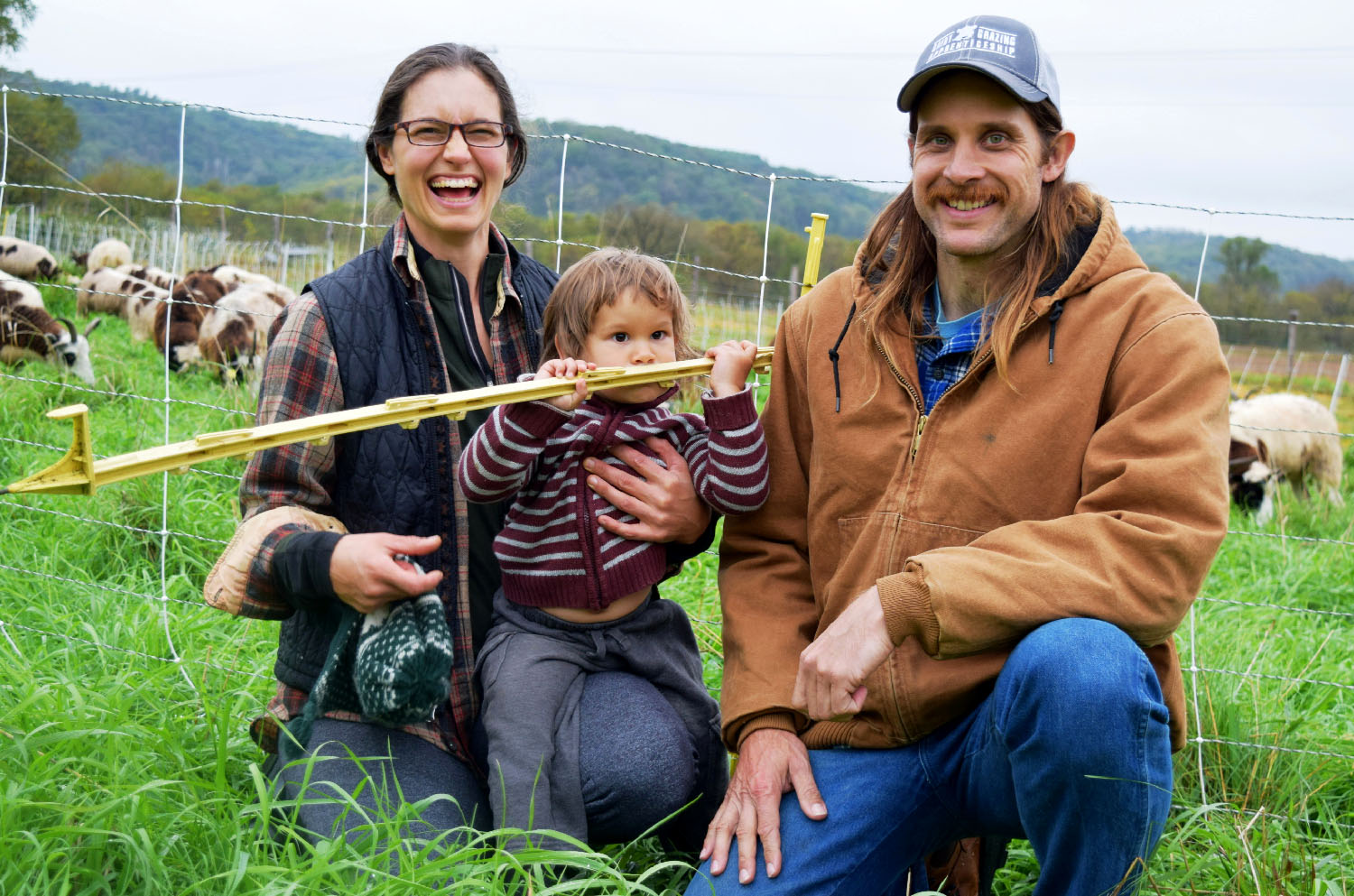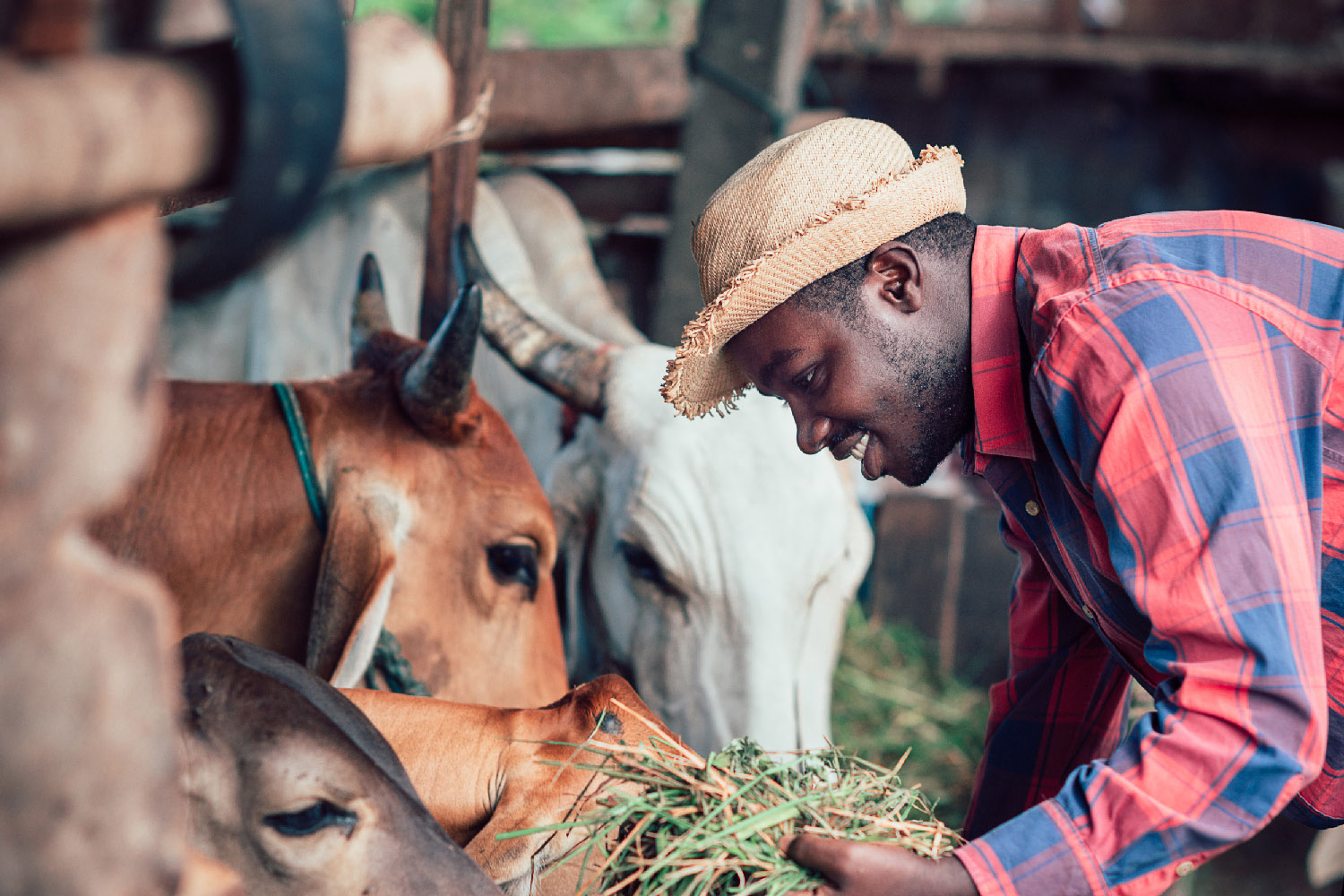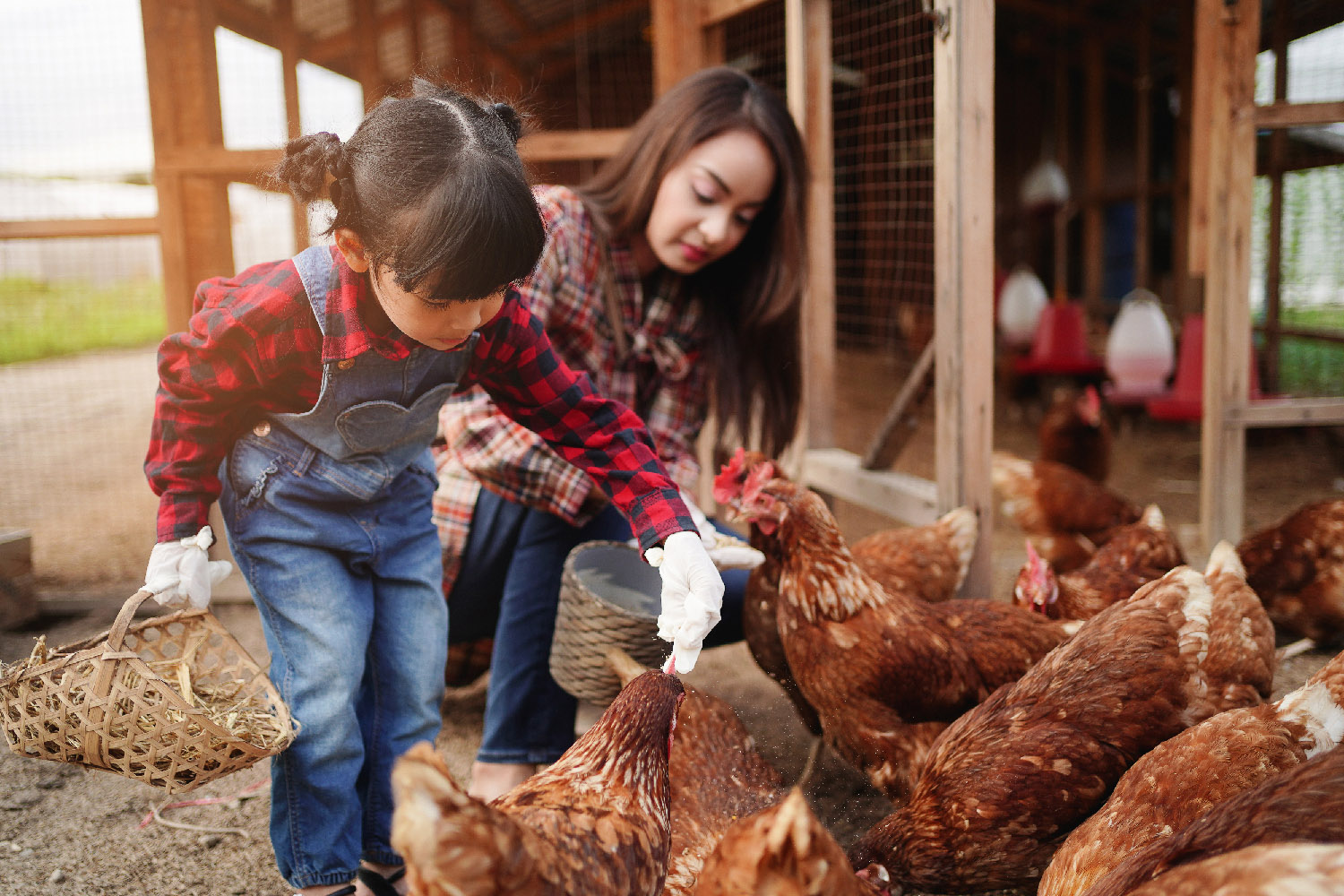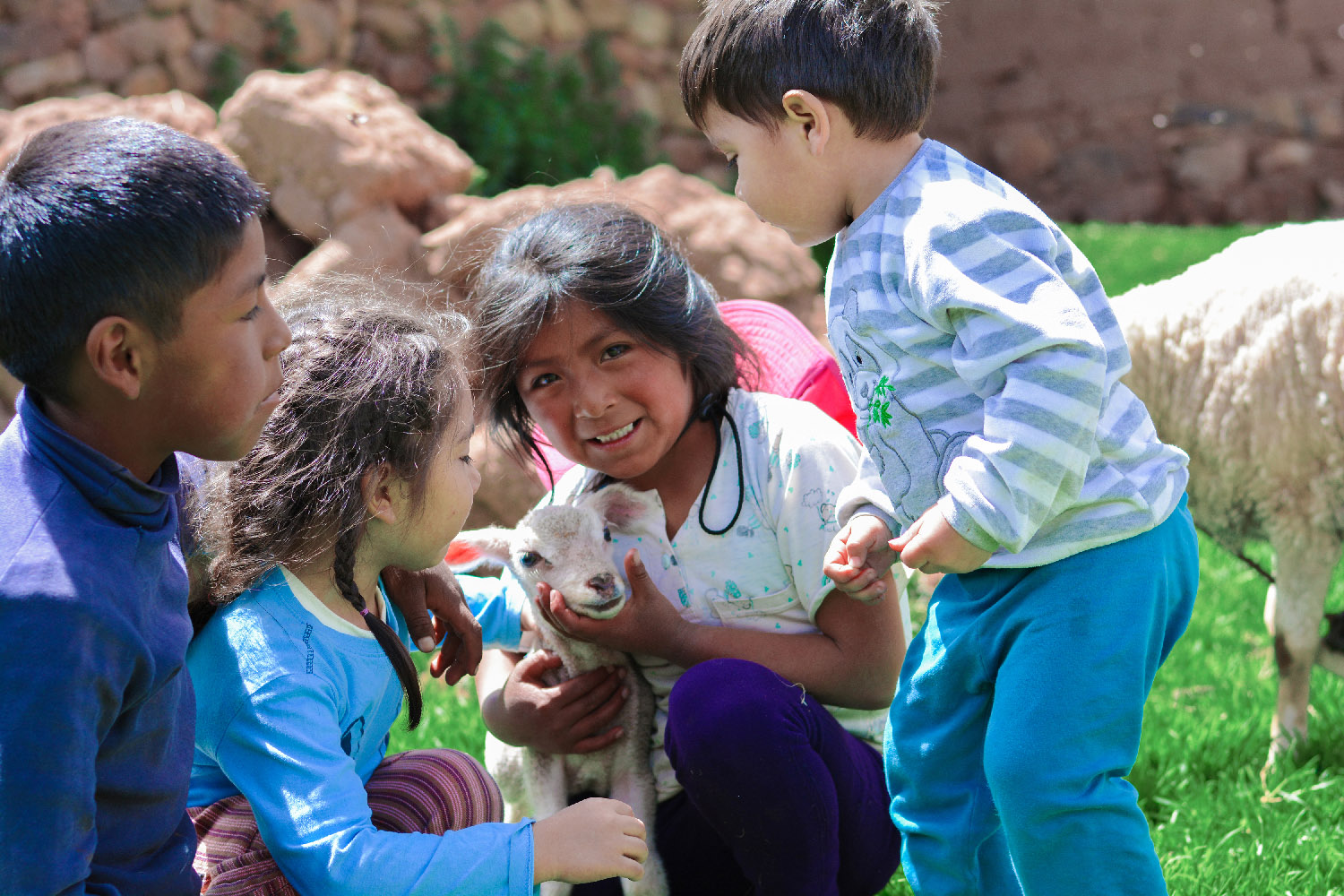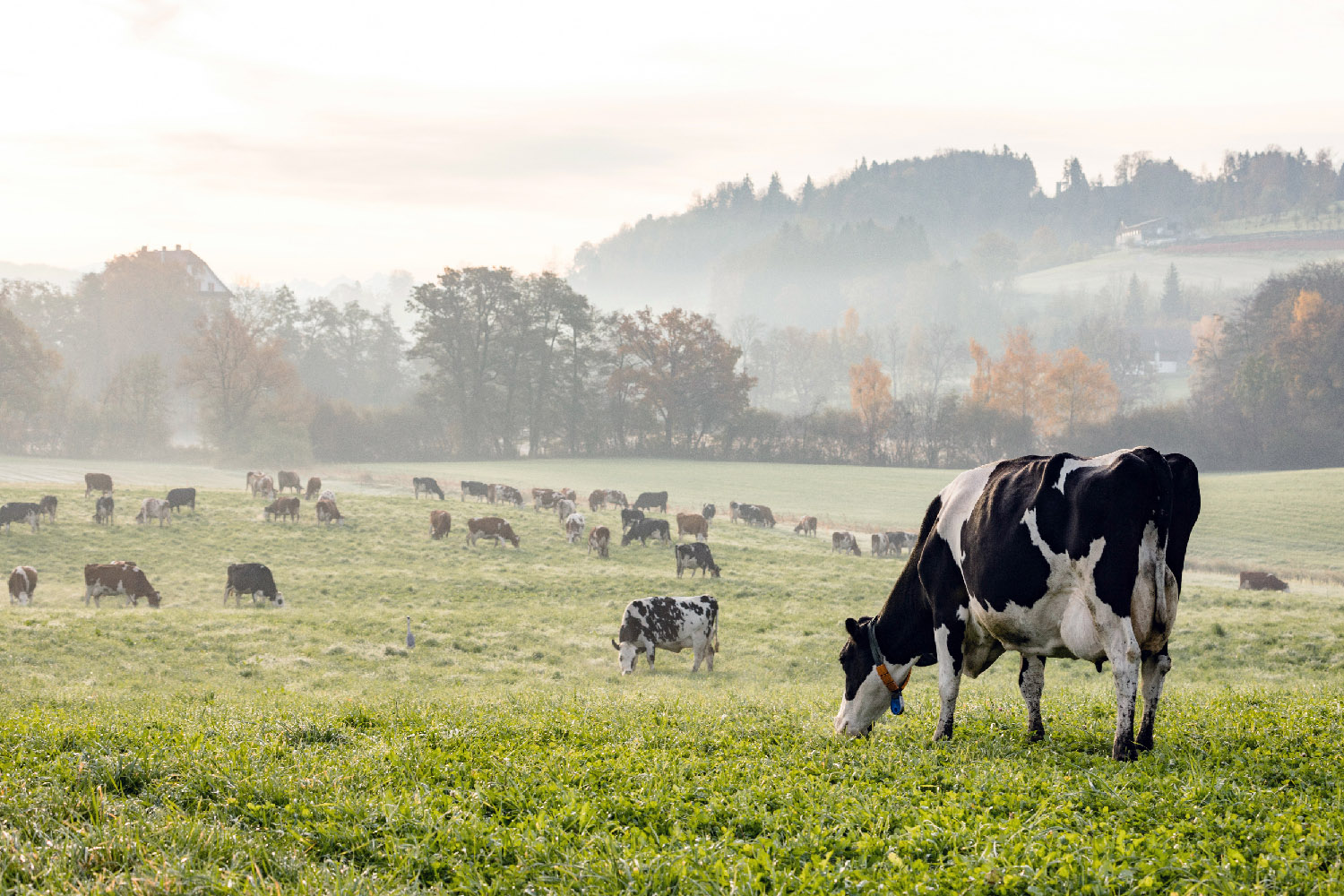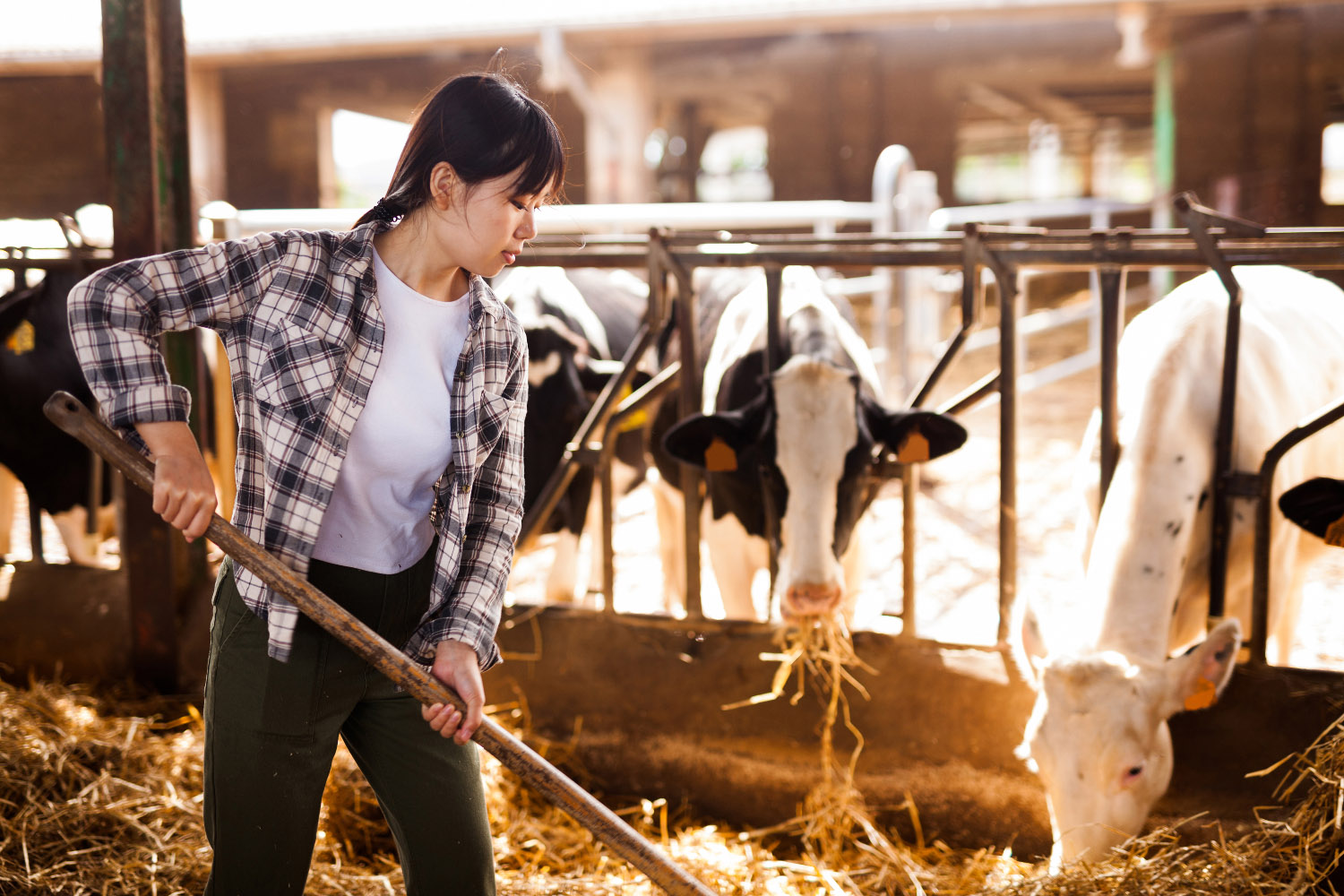5 Organic and alternative producers – who they are and why they do it
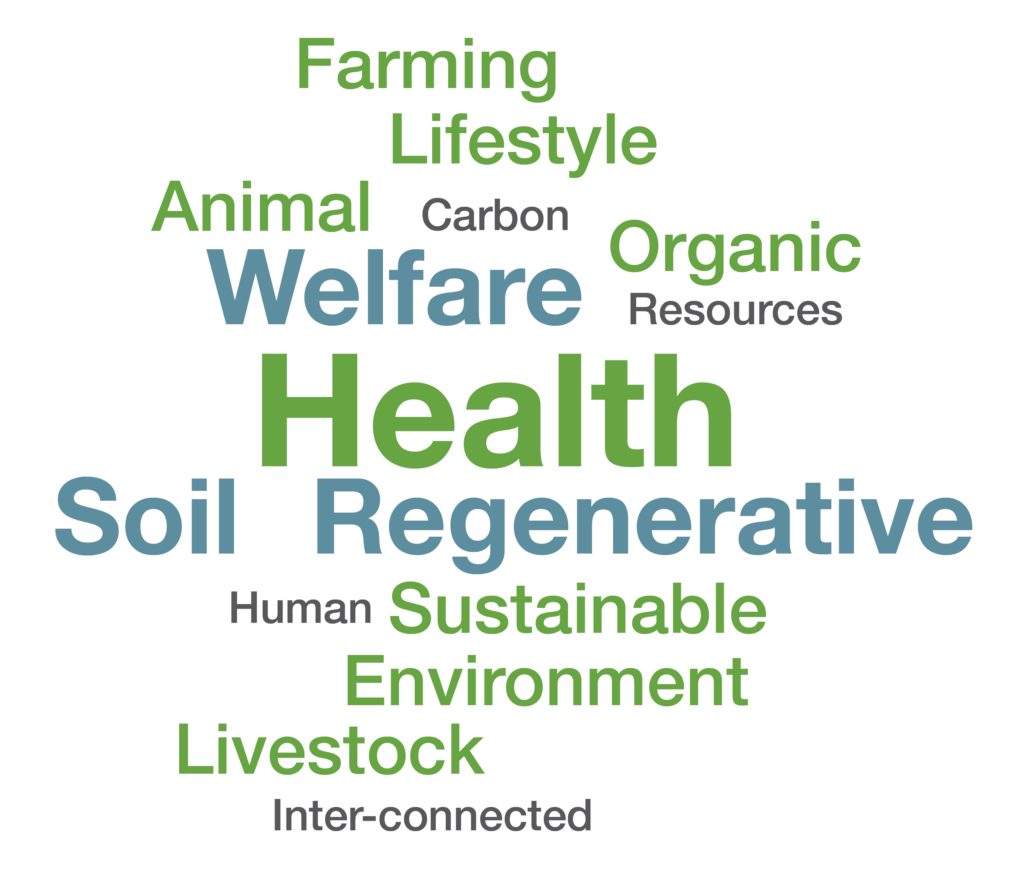
Getting to know your farming community and potential new clients is important if you are new to organic and alternative agriculture. While the demographic data in the table below from a 2017 survey of organic producers is dated, it provides some insight into certified organic producers. Organic farmers have a lot in common with conventional farmers, particularly concerning race and gender makeup. They differ slightly in being a bit younger. More organic farmers are new or beginning farmers, and more of them list farming as their primary occupation, see the 2019 Organic Survey Data Release from USDA.
| Percent of certified organic farmers N = 30,090 |
Percent of all U.S. farmers N = 3,399,834 |
|
| Under 35 years | 19 | 8 |
| 35-64 | 61 | 58 |
| 65+ | 20 | 34 |
| New/beginning | 34 | 27 |
| Served in military | 5 | 11 |
| Farm primary occupation | 69 | 42 |
| Primary occupation – other | 31 | 58 |
| Male | 65 | 64 |
| Female | 35 | 36 |
| Hispanic | 4 | 3 |
| Race: American Indian/Alaska Native | 0.4 | 1.7 |
| Asian | 1.7 | 0.6 |
| Black | 0.5 | 1.3 |
| Native Hawaiian/Pacific Islander | 0.2 | 0.1 |
| White | 96.4 | 95.5 |
| More than one race | 0.8 | 0.8 |
The Livestock Project at the Center for Food Security and Public Health (CFSPH) at Iowa State University conducted a small study of 150 organic and alternative livestock producers in the spring/summer of 2021 (Steneroden, 2021). We found that organic and alternative (O/A) farmers:
- 30% raised one species of livestock – 40% raised 2-3 species, and 30% raised 4 or more species.
- Species included everything from beef, poultry, swine, sheep, dairy, goats, rabbits, bees, bison, yak, and fish.
The big picture is that raising organic or alternative livestock is based on human, animal, and ecosystem health/welfare concerns. farmers believe that non-use of certain products on the land, their animals, and crops directly and positively affects their health, their animals, and the environment. Economics is also important. Farmers can’t stay in business if they don’t make a living and have the ability to support their families. So, the increased income from selling an organic or alternatively raised product is also a motivating factor. In general, O/A producers are not one-size-fits-all. However, like all farmers, these farmers are hardworking, busy, and passionate about their families and their work.
While certified organic livestock producers are bound by the rules and regulations of the National Organic Program (NOP), those with alternative livestock may not operate under any official program. Just as there are many ways of being a veterinarian, a teacher, or a parent, there are a variety of ways of being a farmer. Throughout this course, we provide comments from organic and alternative producers who responded to our 2021 Iowa State University Survey. We hope this helps you recognize the variety of individuals, some with strongly opposing views, you may encounter in the O/A community. Our goal is to enhance communication and strengthen interactions between animal health professionals and O/A clients to provide the best services to them and the best care to their animals.
Benefits and Possibilities of Organic/Alternative Agricultural Practices
Organic agricultural practices can play a role in reaching sustainable development goals in multiple areas. Listed below are a few areas in which helping organic producers through your services can further promote improvements for local, national, and global animal and public health.
Environmental Health
Research over the years has noted and suggested multiple ways in which the rules of organic farming can lead and contribute to improved environmental health.
- Reduced use of nitrogen fertilizers leads to reduced energy consumption (Merrigan et al., 2021).
- Pasture grazing requirements (>120days) for ruminants lead to improved soil composition and less soil erosion (Merrigan et al., 2021). When pastures are managed properly, soil sequestration of carbon can even increase.
- Organic crops may be more resistant to droughts and other harsh conditions leading to adaptable and sustainable agricultural processes during severe weather changes (Scialabba & Müller-Lindenlauf, 2010).
Economic Health
Agriculture as a whole is a unique business that must balance economic stability and food production. Organic agriculture options provide additional ways to contribute to these areas.
- Following a 5-year transition period, organic fields have demonstrated competitive yields to conventional fields (Rodale, 2011).
- “Organic hotspots,” places with a high concentration of organic operations, have shown high labor force participation, high median household income, and lower unemployment (Marasteanu & Jaenicke, 2019). These outcomes can help promote economic development in rural areas.
- Organic farming practices that focus on building biologically active soil result in fewer off-farm inputs. Consequentially this decreases farmer outside source costs, as well as transportation, hauling, and other costs (Coffey & Baier, 2012).
“The better economics makes my farm possible. Conventional prices don’t pay. Organic prices allow my farm to function allowing other values to be worked on which are very important to my value system”. Organic livestock producer, (Steneroden, 2021)
Human Health
With time and research, improvements to health practices and healthy lifestyles are constantly being made. Having options is a good thing, this allows us the opportunity to compare and choose practices that can benefit our health and those around us. Listed below are just a few ways organic farming practices can be advantageous for human health.
- Reduced exposure to antibiotic-resistant bacteria (Smith-Spangler et al., 2012)
- Higher levels of antioxidants in organic crops (Średnicka-Tober et al., 2014)
- Increased omega-3 fatty acids in organic dairy products (Benbrook et al., 2013)
- Improved fatty acid profiles in organic meat products (Ribas-Agustí et al., 2019)
- Decreased exposure to synthetic pesticide use (Smith-Spangler et al., 2012)
- Generally lower levels of toxic heavy metal concentrations in the soil (Scientific Foresight Unit)
Animal Health
Lastly, supporting organic practices is a way to make improvements in animal health. Similar to other aspects of veterinary medicine (i.e. surgery, dystocia, disinfectants, etc.), there is usually more than one way to approach a problem and provide a solution. Seeing organic farming practices as another option for improving animal health can benefit your clients and patients. Listed below are some considerations for animal health improvements that organic farming can provide:
- Decreased provision of grain along with a high forage diet and increased grazing by livestock in organic and alternative systems results in fewer problems with ketosis and acidosis in dairy cattle (Richert et al., 2013).
- Well-managed pasture-based systems have been shown to reduce hock lesions, mastitis, and other health problems potentially resulting in lower cull rates (Arnott et al., 2017; Mee & Boyle, 2020).
- Organic production requirements for space and outdoor access enable additional freedom to express normal behaviors and exercise by animals. Exercise is widely known to improve muscle tone, relieve stress, and boost the immune system (Coffey & Baier, 2012).
United States Department of Agriculture
Organic and/or Alternative

